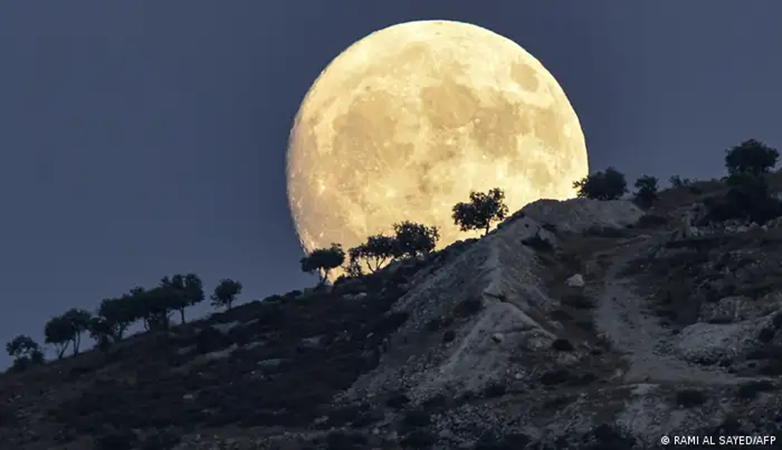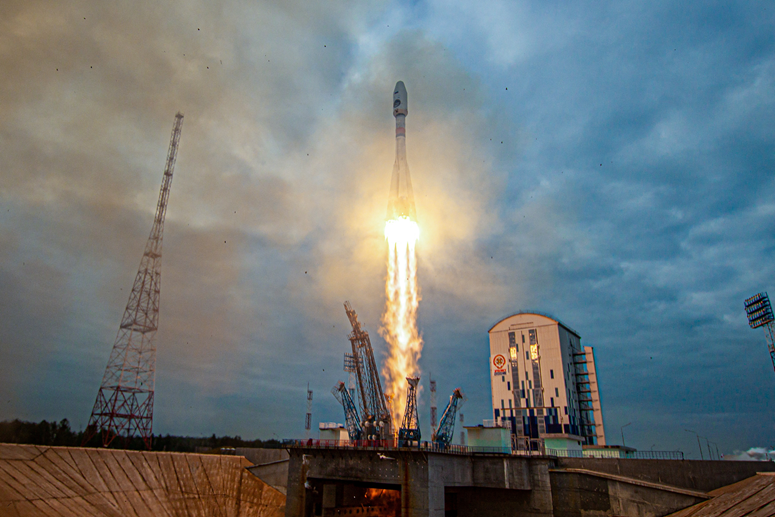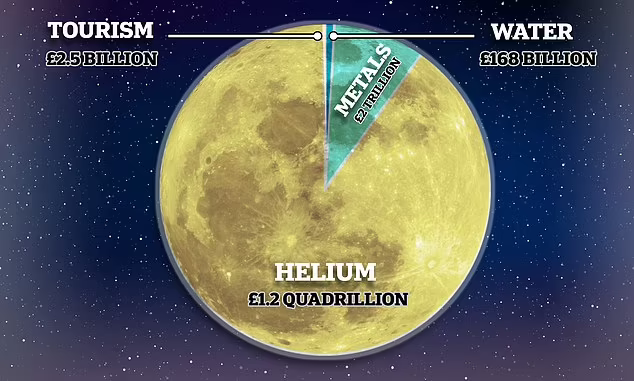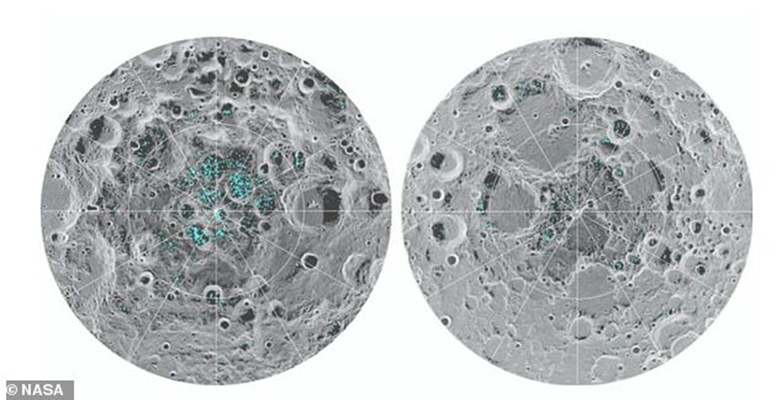Gold and rare riches... A struggle between the major powers over the moon's minerals

NASA reported that in 2008 the Indian mission Chandrayaan-1 definitively detected water for the first time on the moon. A symbolic image of the "super" moon at Jandris, Aleppo, Syria, on August 1, 2023
According to an agreement dating back to 1979, the moon may not become the property of any country, person or entity. But the major space powers did not ratify the agreement. And with Russia launching a vehicle to the surface of the moon, the question arises about the importance of the moon and its treasures for humans.
Russia launched its first spacecraft to the surface of the moon in 47 years, amid a race with major powers including the United States, China and India to explore more about the elements in the moon.

Russia said it would launch more missions to the moon before it explored the possibility of sending a joint mission with China, and even establishing a base there. And the US Aeronautics and Space Administration (NASA) talked about "moon gold" and discussed the possibility of excavating it.
Important information about the temperature of the moon
The moon is 384,400 km away from Earth and slows down the oscillation and rotation of the Earth around its axis, which ensures a more stable climate. The moon also causes tides in the world's oceans.
The current belief is that the moon was formed when a massive body collided with the Earth 4.5 billion years ago. The debris from the impact then aggregated to form the moon.
The moon's temperature varies, when it is exposed to sunlight for more than six hours per day, it rises to 127 degrees Celsius, while it falls in the dark to about minus 173. The moon's outer shell does not provide protection for the celestial body from the sun's radiation.

water on the moon
NASA reported that the Indian mission (Chandrayan-1) discovered in 2008 the presence of water definitively for the first time on the moon, as it detected hydroxyl molecules scattered throughout its surface and concentrated at its poles.
Water is essential to human life and can also be a source of hydrogen and oxygen, which are used to fuel missiles.
helium-3
Helium-3 is an isotope of helium that is rare on Earth, but NASA says there are estimates of a million tons of it on the moon.

The European Space Agency says that this isotope can provide nuclear energy in nuclear fusion reactors without creating hazardous waste because it is not radioactive.
Rare earth metals
A research by the "Boeing" company concluded that there are rare earth metals, used in the manufacture of smart phones, computers and advanced technologies, on the moon, including scandium, yttrium and the fifteen elements that make up the lanthanide group in the periodic table.
How is the way to mine the moon?
It is not clear yet. And some kind of infrastructure will have to be created on the moon. The conditions on the moon will make robots do most of the hard work, but the presence of water on its surface will allow humans to exist for long periods.

What does the law say?
The law is not clear and full of loopholes. The 1966 “Treaty on Principles Governing the Activities of States in the Exploration and Use of Outer Space, Including the Moon and Other Celestial Bodies” of 1966 stipulates that no country has the right to claim sovereignty over the moon or other celestial bodies and that space exploration should benefit and interest all countries.
But lawyers say it is not clear whether a private party has the right to claim sovereignty over part of the moon.
"Space mining is subject to relatively few policies or governance, despite the potential for these high risks," the RAND Corporation said in a blog post last year.
The 1979 Agreement Governing the Activities of States on the Moon and Other Celestial Bodies stipulates that no part of the moon may become property of any country, intergovernmental or non-governmental organization, national organization, non-governmental entity or natural person.
None of the major space powers ratified the agreement.
And the United States announced in 2020 the signing of the "Artemis Accords", named after NASA's lunar program "Artemis", to seek to amend existing international space law by establishing "safe zones" on the moon. Russia and China did not join the agreements.
P.S./F.I (Reuters)

